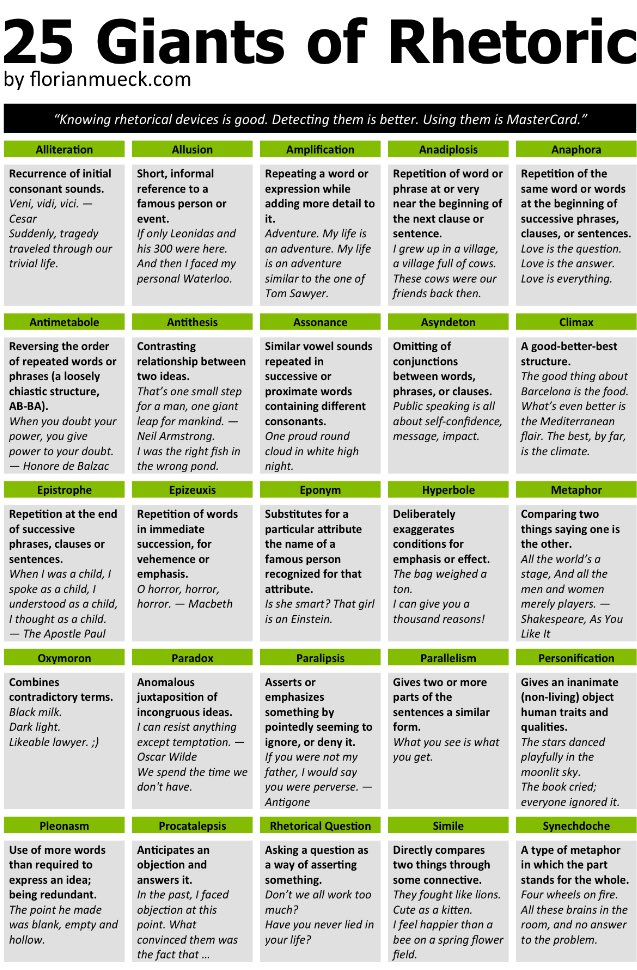Hi, I’m James. Thanks for checking out Building Momentum: a newsletter to help startup founders and marketers accelerate SaaS growth through product marketing.
PROMOTION
The competitive intelligence playbook every product marketer needs

The Competitive Playbook by Andy McCotter-Bicknell (who was previously featured here in the newsletter) is a new course helping you build or optimize competitive intelligence programs the right way.
Based on Andrew’s experience running competitive programs at ZoomInfo and ClickUp, it has 90 minutes of content and frameworks that you can steal, copy, and see results – fast.
Use code James20 to get $20 off: find out more and buy now here.
“One area in my current role that I’m struggling with are the very short value props and elevator pitches for our new product releases. I’m strong at writing longer descriptions but when I really need to scale it down to one or two sentences I find it challenging. Do you have any good frameworks to help with this?”
I got this message from a Building Momentum subscriber on LinkedIn and thought it’d be worth sharing and expanding upon my answer.
As product marketers, we’re really comfortable writing long tomes of product copy. Give us a blank Google Doc and we can wax lyrical about the product, the value it delivers, how customers use it, and the future direction of the industry.
… But ask us to come up with headlines and short elevator pitches? It’s difficult!
There are so many things we want to say, so many angles to cover, and we need to get our key phrases and differentiators and category description in there too…
(And, even worse, we’re usually crafting copy for use by other teams, leading to copy by committee. Nothing good happens here).
There are a few short copy tricks and tips that I’ve picked up that can help you craft concise, captivating, creative statements. Keep these in mind when you’re drafting website copy, 25-word ‘about us’ descriptions, sales decks, digital ads, and more.
In this post:
Remember, ABC
Something that’s stuck with me from journalism class: you should always write with accuracy, brevity, and clarity in mind.
- Accuracy: As well as accurate information, you need to accurately express what you’re writing through tone of voice, precision, and spelling/grammar.
- Brevity: You should get to the point in as few words as possible. Additional words often don’t make anything clearer, but add more cognitive effort for the reader to comprehend.
- Clarity: Avoid misunderstanding and ambiguity in your writing. Use simple language, avoid jargon, and be direct.
This blogpost has a ton of tips on how to make your writing accurate, brief, and clear: bookmark for future use.
Use rhetorical devices
As humans, we’re tuned to listen and engage more when we hear certain persuasive tactics. Rhetorical devices are techniques that you can steal to elevate your copy from drab to fab.
This post on ‘16 Rhetorical Devices That Will Make You Sound Like Steve Jobs‘ is one I’ve bookmarked and come back to time and time again. Here are my favorites:
- Aporia: A feigned statement of doubt by the speaker and a question to the audience.
- “Now, how are we gonna communicate this? We don’t wanna carry around a mouse, right? What are we gonna do?”
- Antitheton: Two opposing facts of contrasting content.
- “The kind of things you would find on a typical phone, but in a very untypical way now.”
- Climax: The increase from a weaker to a stronger expression. A word sequence is arranged in ascending order.
- “First was the mouse. The second was the click wheel. And now, we’re gonna bring multi-touch to the market.”

Build an inspiration swipefile
Take notes of inspiring value propositions, engaging use of language, and creative copy execution.
Take a look at my post on good examples of messaging for some inspiration, and add your own.
Look outside your own industry and vertical too, from consumer products to heavy machinery manufacturers. You’re not so much interested in the words, but more how the statements are formed and crafted.
If you can, work with a copywriter
Product marketers are trained to become excellent at understanding customer needs. Copywriters are trained to become excellent at communicating in copy.
Working with a copywriter, whether in-house or freelance, will 100% help to level up your results.
Steal from your customers
If you’re talking to your customers regularly, carrying out market research, or even checking their profiles out on LinkedIn, then you’ve got a creative copy goldmine at your fingertips.
Sometimes, our customers can sum our product value up better than we ever could. You might be surprised at the gems you’ll discover.
Imagine customer conversations
Hopefully, you’ve been able to build significant empathy with your customers and feel in sync with who they are, their mindset, what their jobs/gains/pains/triggers are, and the value they desire.
If you can’t talk to customers, try imagining what they would say if you did ask them.
Some prompts that might be useful are things like:
- “So, what is [product] and why do you use it?”
- “What was life like before, and what’s life like now?”
- “Why do you recommend our product?”
- “Explain where our product compares to others in the market.”
Creative writing is an art
Hopefully some of these tips will help you find new inspiration or employ frameworks to improve the copy you’ve already created.
Creative writing is an art so again, think about working with an experienced copywriter to help you create copy that works for your business and customers.
Lastly, don’t be afraid to push the boundaries. Understand your brand voice, try different angles, and stick your neck out on the line: fortune favors the brave.
Thanks for reading! Let me know what you thought – find me on Twitter and LinkedIn.
P.S. If you’ve found value in Building Momentum, could you buy me a coffee? Here’s my tip jar – any support is gratefully appreciated!
P.P.S: If you enjoyed this post, will you share Building Momentum with your network?




